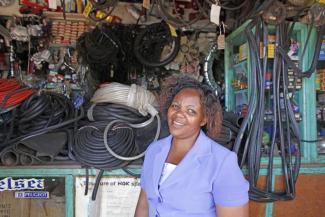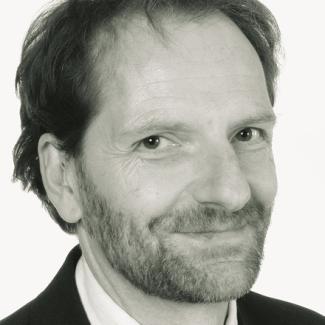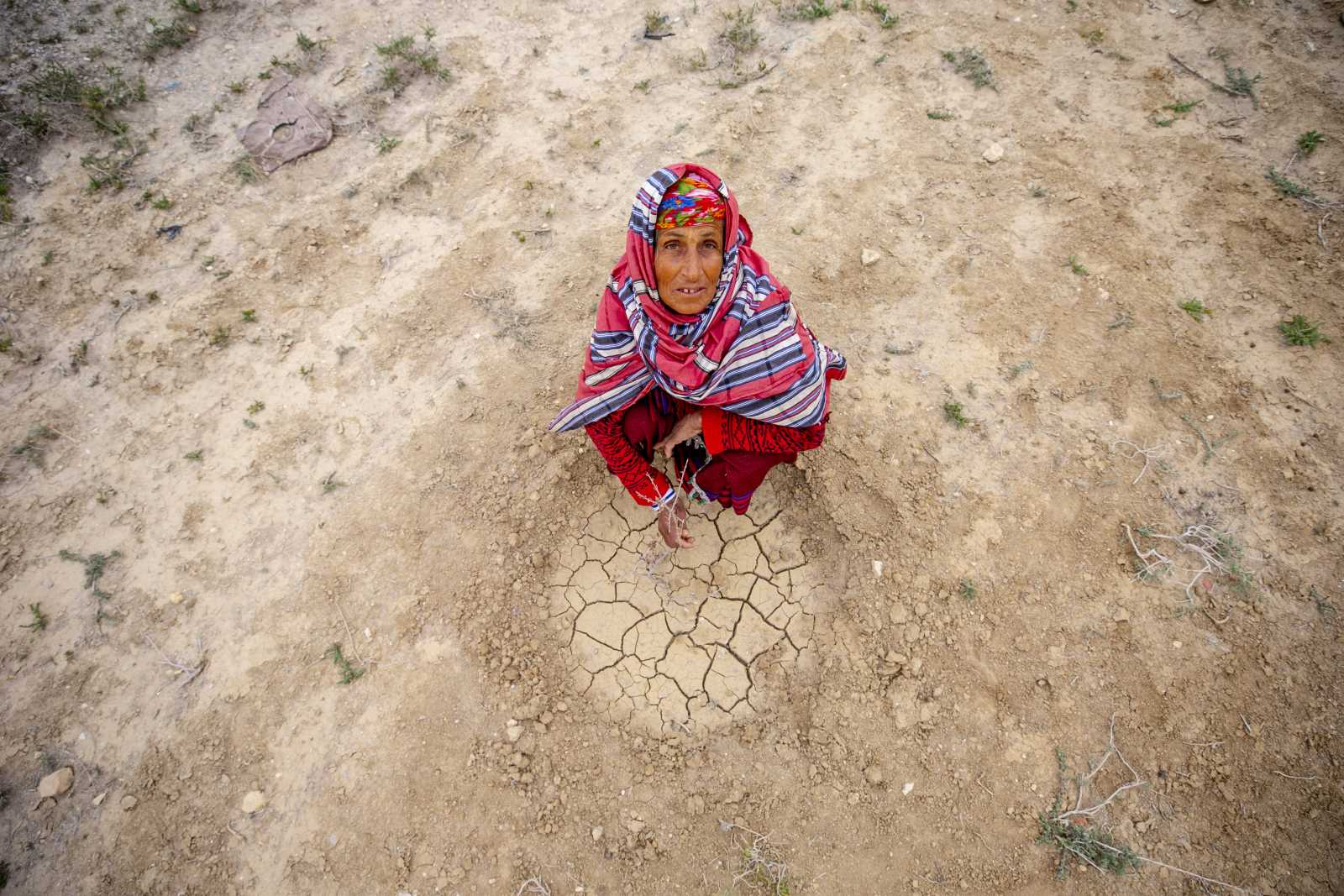Development policy
Combatting inequality

Piketty shows that inequality has increased steadily since the birth of capitalism. Except in times of war, the gap between rich and poor in most industrialised countries has widened rapidly since the 1970s. Today, the richest ten percent of the US population account for more than half of the country’s household income. The real incomes of average earners, however, have stagnated. And wealth is even more concentrated: The richest 0.1 % in the US holds roughly the same share of wealth as the bottom 90 %. In most developing countries, income and wealth distribution is even more unequal than in industrialised countries. In the past, however, there was reason to hope that inequality would decrease as development progressed. That is what happened in most successful countries, and it is also what economic theory predicts. But developments took a different course: Since 1990, the most widely used measure of inequality, the so-called Gini coefficient, deteriorated in many developing countries – most dramatically in Asia, the Middle East, North Africa and the Pacific. After the 2007/2008 financial crisis in particular, wealth inequality increased sharply in most countries.
The growing divide between rich and poor is not just a moral problem. Societies are affected to the core. After the Second World War, political stability in Germany and other industrialised countries as well as the “Wirtschaftswunder” (economic miracle) were largely due to political and economic participation and the creation of a large middle class (“Prosperity for all”). The World Bank has amassed empirical evidence that where there is a high concentration of income and wealth, there is also increasing instability and conflict potential. What is more, inequality can undermine democratic institutions by giving greater influence to oligarchs or a rich elite. This is also – but not only – a problem for developing countries, where rule of law institutions are often not yet consolidated.
There is also substantial evidence showing that high inequality fosters financial market instability. In the years leading up to the 2007 financial crisis, the gap between rich and poor widened considerably in the major industrialised countries (as also happened prior to the Great Depression in 1929). To compensate for stagnating real incomes and to boost the economy, cheap loans were made available in many countries to poorer households. In the US, one such loan type was the subprime mortgage. The money came from the rich households, which invested part of their rising income in financial assets rather than in the real economy. The result was that poorer households became saddled with more debt than they could repay. The rich also invested their money in financial assets abroad, many of them in developing countries because of higher yields. Developing countries are increasingly exposed to these short-term financial flows and are almost powerless to defend themselves against them.
For decades, it was argued that inequality was a good thing because it encouraged innovation, enterprise and investment. However, the International Monetary Fund (IMF) has shown that in the long run a high degree of inequality has the potential to curb economic dynamism because investment in health and education dries up, and social peace is undermined. Economic growth is only sustainable if it reaches broad sections of the community.
Consequences for the developing world
Against this backdrop, poor countries should rethink and revise their development strategies. They need to step up social investment, create social protection systems and ensure that growth benefits the broad masses. Until recently, Latin American countries have been moderately successful in reducing inequality. Other countries should take inspiration from the effective initiatives that have been launched, such as conditional cash-transfer schemes. There is no magic formula for every country, of course, but there are a few general recommendations.
Few developing countries have a tax ratio higher than 15 % of GDP. In the industrialised world, the average is around 30 %. Developing countries need to improve their tax systems, if only so that they can increase their fiscal capacity for social investment. An adequate revenue base is also very important for building a democratic society. And various options are available for creating it:
- Early establishment and development of income tax systems.
- Introduction of taxes on wealth, capital income, land and natural resources.
- Abolition of environmentally harmful energy subsidies and the introduction of environmental taxes wherever possible.
Developing countries have recently opened their financial markets and even started issuing international sovereign bonds. That gives them access to capital. But it also makes them more vulnerable to inward and outward flows of short-term capital. To prevent the catastrophic effects of financial and banking crises, they need to develop appropriate tools, such as counter-cyclical capital requirements and taxes on short-term capital inflows. The IMF is now open to such unconventional instruments, albeit warily so.
The establishment of an industrial sector drove forward the development of the industrialised countries and also that of the emerging economies. But there is good reason to believe that developing countries will face much greater difficulties. The digital revolution, for example, makes it possible to automate many industrial processes. The expectation that China, in the face of rising wage costs at home, will outsource labour-intensive manufacturing operations on a large scale to poorer countries seems very questionable. However, the digital revolution also presents opportunities for poor countries, making it much easier, for instance, to establish competitive service industries and market products directly over the internet. In recent years, the volume of handicraft products that developing countries export through e-commerce platforms has increased sharply.
Clearly, it takes a targeted strategy and active government policy to open up those development paths and avoid blind alleys. It is also important to help poor and disadvantaged sections get better access to production factors (land, credit, knowledge) and thus mobilise their economic potential more effectively. Women are still discriminated against in terms of land rights, access to credit and inheritance rights.
Implications for international cooperation
Development institutions have recognised the problem of inequality and are trying to address it. Development policy can play an important role here, e.g. by helping improve tax systems or by tying budget support to a better tax ratio. It is a well-known fact, however, that money for official development assistance (ODA) is limited. Apart from that, inequality is not a classical development issue. It is something on which all policy areas need to work together.
One example: Developing countries are deprived of more than a billion dollars a year as a result of (legal) tax avoidance and (illegal) tax evasion. Getting to grips with the problem requires greater international cooperation. The Addis Ababa financing conference in July placed this issue squarely on the agenda, and agreements were reached, albeit fairly non-committal ones. Reducing inequality is also on the list of Sustainable Development Goals (SDGs) due to be adopted in New York in September. Those goals and agreements must now be followed by concrete commitments and target indicators. One proposal that has been made, for instance, is to halve illicit financial flows by 2030. Specific commitments like that could be included in the indicators currently being developed by the UN to operationalise the new SDGs.
The global economy has all but stopped growing at present, and investment in many countries is at a low. At the same time, time is tight for putting economic systems on a climate-friendly footing. An international “investment pact for sustainability” would be in everyone’s interest; such an initiative could be part of Germany’s “Sustainability Agenda” which is currently updated. Properly designed, this pact would generate growth, reduce inequality and the risk of another financial crash and facilitate the ecological transition. The investment pact would need to be financed by the funds that the super rich invest in financial assets, e.g. by imposing a broad-based financial transaction tax or a general tax on short-term international capital flows. That is very difficult to do, as evidenced by the current discussion about the introduction of a financial transaction tax.
Another option is to boost and better use the capital base of the Multilateral Development Banks, e.g. by allowing the International Development Association (IDA) – the World Bank’s “Fund for the Poorest” – to raise money on capital markets. That would permit a twofold increase in lending volume, boosting it by up to $ 20 billion a year. The additional money could then be invested specifically to help mitigate climate change and promote sustainability.
The article is based on a detailed discussion paper published by Universität Göttingen in March this year.
Jürgen K. Zattler heads the Directorate for European and Multilateral Development Policy of the Federal Ministry for Economic Cooperation and Development.
juergen.zattler@bmz.bund.de
Literature:
Piketty, T., 2014: Capital in the twenty-first century. Harvard University Press.
Zattler, J. K., 2015: The debate on growing inequality – Implications for developing countries and international co-operation. Courant Research Centre, Universität Göttingen, Discussion Paper No. 169.















